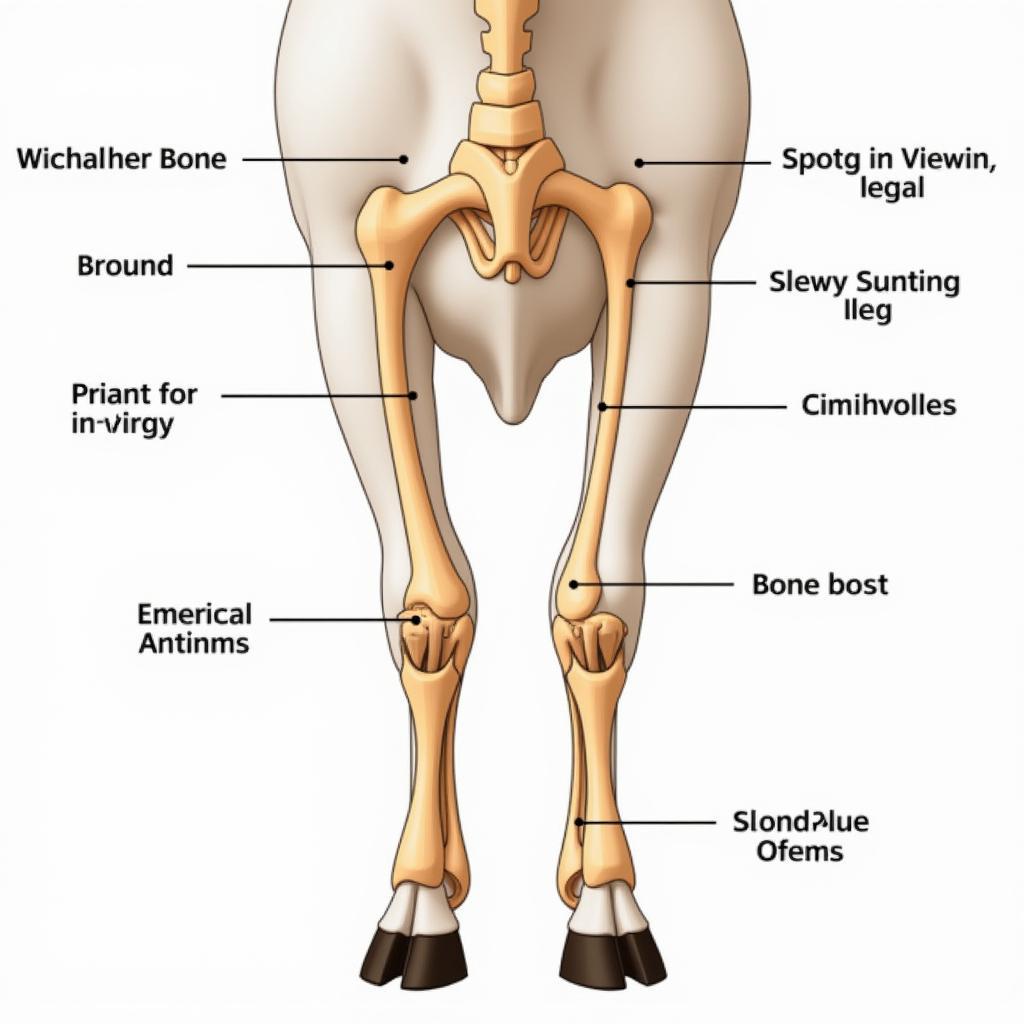Exploring the Wild Beauty of African Animal Art
African Animal Art represents a vibrant tapestry of cultural expression, deeply intertwined with the continent’s rich history, beliefs, and profound connection to the natural world. From ancient rock paintings to contemporary sculptures, the depiction of animals in African art offers a captivating glimpse into the diverse artistic traditions and the spiritual significance of wildlife across the continent.  African animal art represented in masks and sculptures.
African animal art represented in masks and sculptures.
The Significance of Animals in African Culture
Animals hold a prominent place in African cultures, often symbolizing power, wisdom, ancestry, and the delicate balance of the ecosystem. They are not merely subjects of artistic representation but integral elements of storytelling, rituals, and social structures. This deep reverence for animals is reflected in the diverse forms of African animal art, which span across various mediums and styles.
Many African communities believe in totem animals, spiritual guides that connect them to their ancestors and provide protection. This belief is visually expressed through masks, sculptures, and textiles adorned with animal imagery. For instance, the lion, often seen as a symbol of royalty and strength, appears in numerous art forms throughout the continent. Similarly, the elephant, representing wisdom and longevity, is another recurring motif in african animal artwork.
Diverse Forms and Styles of African Animal Art
African animal art encompasses a vast array of artistic expressions, each reflecting the unique cultural identity of its creators. From the intricate beadwork of the Maasai people depicting stylized animal figures to the bold and colorful paintings of the Ndebele people celebrating the beauty of their cattle, the artistic diversity within the continent is truly remarkable.  Ancient African rock paintings showcasing animal depictions.
Ancient African rock paintings showcasing animal depictions.
Exploring Different Mediums in African Animal Art
- Sculpture: Wood, bronze, and terracotta are common materials used in creating stunningly detailed animal sculptures. These sculptures often serve ritualistic purposes or are used as decorative objects within homes.
- Textiles: Intricate weaving and embroidery techniques bring animal motifs to life on vibrant cloths, blankets, and garments.
- Painting: From rock paintings dating back millennia to contemporary canvas works, African artists have long used paint to capture the essence of the animal kingdom. african animal art ks1 often focuses on painting, introducing young learners to this rich artistic heritage.
- Masks: Animal masks play a significant role in traditional ceremonies and performances, embodying the spirit of the animal they represent.
- Beadwork: Tiny, colorful beads are meticulously woven together to create intricate representations of animals, often used in jewelry and adornments.
“The power of African animal art lies in its ability to convey deep cultural and spiritual meaning through visual representation,” says Dr. Abimbola Kuti, a renowned art historian specializing in African art. “Each piece tells a story, connecting the viewer to the rich heritage and the profound connection between humans and animals in African societies.”
Contemporary African Animal Art
Modern African artists continue to draw inspiration from the rich traditions of their ancestors, while also exploring new mediums and artistic expressions. african animal artists today are pushing the boundaries of traditional forms, incorporating contemporary themes and global perspectives into their work.
They address contemporary issues such as wildlife conservation, environmental awareness, and the impact of globalization on traditional cultures through their art. Their work not only celebrates the beauty and diversity of the African animal kingdom but also raises awareness about the importance of protecting these precious creatures for future generations. “Contemporary African animal art serves as a powerful reminder of our interconnectedness with nature,” adds Dr. Kuti. “It encourages us to reflect on our role in preserving the delicate balance of the ecosystem.” You can find amazing african animal art prints online and in galleries worldwide. Exploring these diverse platforms is a great way to discover and appreciate the talent of contemporary African artists.
Conclusion
African animal art is more than just aesthetically pleasing; it embodies the heart and soul of a continent deeply connected to its natural world. From ancient traditions to contemporary interpretations, the depiction of animals in African art offers a powerful lens through which to understand the continent’s rich cultural heritage and the enduring relationship between humans and animals. Exploring african animal art is a journey into the heart of Africa, revealing its spiritual beliefs, artistic ingenuity, and deep respect for the natural world. For those interested in engaging with this art form creatively, there are numerous african animal art activities available online and in educational resources.
FAQ
-
What are some common animals depicted in African animal art?
Lions, elephants, leopards, zebras, giraffes, and birds are frequently represented. -
What materials are typically used in African animal art?
Wood, bronze, terracotta, textiles, beads, and paint are commonly used. -
What is the significance of animal masks in African culture?
Animal masks are often used in traditional ceremonies and performances, embodying the spirit of the animal they represent. -
How can I learn more about African animal art?
Museums, art galleries, online resources, and books dedicated to African art offer valuable insights. -
Where can I purchase authentic African animal art?
Reputable art galleries, online marketplaces specializing in African art, and fair trade organizations are good places to start. -
How can I support contemporary African artists?
Purchasing their artwork, attending exhibitions, and sharing their work with others helps promote their talent. -
What is the role of animals in African storytelling?
Animals often feature prominently in African folktales and myths, representing various virtues, vices, and natural forces.
Need more help? Contact us at +255768904061, email kaka.mag@gmail.com, or visit us at Mbarali DC Mawindi, Kangaga, Tanzania. Our customer service team is available 24/7.
